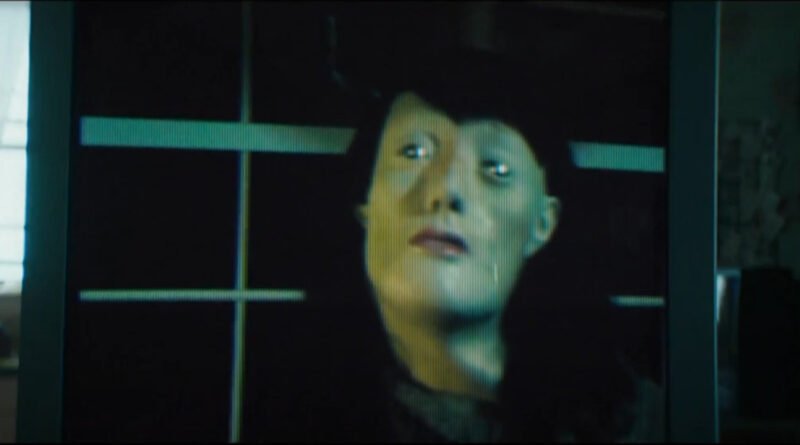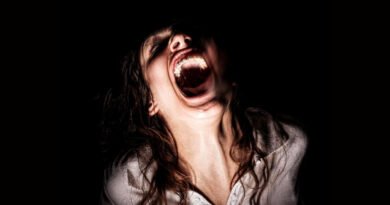What Is Analog Horror?
Exploring the Creepiest Subgenre You’ve Never Heard Of
In the ever-evolving landscape of horror, a strange and unsettling new subgenre has quietly emerged, captivating viewers through YouTube rabbit holes and low-fi nightmares. It’s called analog horror — a uniquely modern type of storytelling that hides its terror behind the static hum of old VHS tapes and faux-public service announcements. But what exactly is analog horror, and why is it so effective at creeping us out?
What Is Analog Horror?
Analog horror is a subgenre of horror that uses retro aesthetics — think VHS tapes, CRT monitors, grainy film quality, and public access television-style content — to deliver unsettling and surreal narratives. The horror often comes not from gore or jump scares, but from a feeling of disorientation, dread, and the uncanny.
Rather than traditional linear storytelling, analog horror is often fragmented, cryptic, and mimics found footage or lost broadcasts. It plays on the viewer’s nostalgia, fear of the unknown, and the illusion of authenticity. Think of it as horror that looks like it came from an old government training video but feels like it was never meant to be seen.
Hallmarks of Analog Horror
There are several defining features that help classify a work as analog horror:
- Retro Visuals: Heavy VHS grain, distortion, scan lines, and CRT screen aesthetics are central. These effects not only mimic an older era of technology but also help create an uncanny, off-kilter vibe.
- Lo-Fi Audio: Expect glitchy audio, voiceovers distorted by tape hiss, emergency alert system beeps, and unsettling music or tones.
- Found Footage Style: Many analog horror stories are framed as if they are rediscovered tapes, emergency broadcasts, or surveillance footage.
- Unclear Narrative: Instead of a straightforward plot, analog horror often delivers fragments — news reports, public warnings, corrupted data — that suggest something sinister without explaining everything.
- Cosmic or Existential Horror: The antagonist might not be a monster or killer, but a malevolent force, a cursed signal, or an unexplained rift in reality.
Why Is Analog Horror So Effective?
Analog horror taps into deep psychological fears. It leans into the uncanny valley: things that seem familiar but are just “off” enough to disturb us. The use of old technology adds to the realism and eeriness, creating a feeling of watching something we shouldn’t be.
It also plays on our modern anxieties about surveillance, technology, and the loss of control. The fragmented narrative structure makes viewers work harder to piece things together, enhancing the sense of immersion and dread.
Notable Examples of Analog Horror
1. The Mandela Catalogue (2021–)

Created by Alex Kister, this YouTube series is a perfect entry point into analog horror. It presents itself as a series of public service announcements and recovered footage, warning about a threat called “Alternates” — distorted, shape-shifting imposters. It uses disturbing visuals and existential themes to slowly build an atmosphere of helplessness.
2. Local 58 (2015–)

One of the earliest and most influential analog horror series, created by Kris Straub. Local 58 simulates a hacked TV broadcast with cryptic messages, strange children’s programming, and eerie public service bulletins. Its famous episode “Weather Service” is a masterclass in dread built through text and tone.
3. Gemini Home Entertainment (2019–)

Presented as a series of 1980s educational tapes, this YouTube series slowly reveals a global ecological and cosmic horror unfolding in the background. It combines natural history, corporate training videos, and sci-fi horror into a surreal slow burn.
4. The Backrooms (2022)

Inspired by a creepypasta, The Backrooms series by Kane Pixels presents footage of a teenager who falls into a dimension of endless, yellow-carpeted office space. The eerie liminality and VHS-style camera work create a deeply claustrophobic, immersive experience.
5. Broadcast Signal Intrusion (2021)

A feature film that brings analog horror elements into the cinematic realm. It follows a video archivist who uncovers creepy pirate broadcast interruptions from the 1980s and 90s that may be connected to real-life disappearances.
Analog Horror in Film
While much of analog horror thrives on YouTube and independent platforms, its influence is beginning to seep into traditional film. Movies like Skinamarink (2022), with its grainy visuals and unsettling sound design, and The Blair Witch Project (1999), with its found footage realism, share spiritual DNA with analog horror. Even Cloverfield (2008) and V/H/S (2012) nod toward its aesthetic roots.
The Digital Age of Analog Horror
Ironically, analog horror thrives in the digital age. Its creators use modern tools to recreate outdated media forms, which makes it uniquely postmodern: horror made in 4K, designed to look like it was recorded in 1987. The fact that it’s often released via YouTube, TikTok, or Reddit adds to the realism and virality of the experience.
Many fans dig into these series like detectives, analysing frame-by-frame, decoding cryptic messages, and theorising about broader lore. This interactive element creates a sense of community and obsession not often seen in traditional horror media.
Final Thoughts
Analog horror is more than just VHS filters and creepy text; it’s a haunting reflection of our anxieties about media, memory, and meaning. As it continues to evolve and gain mainstream traction, it may become one of the defining horror movements of the 2020s. Whether you’re a long-time horror fanatic or a newcomer looking for something truly different, analog horror offers a deeply unsettling, uniquely immersive experience that lingers long after the static fades.




